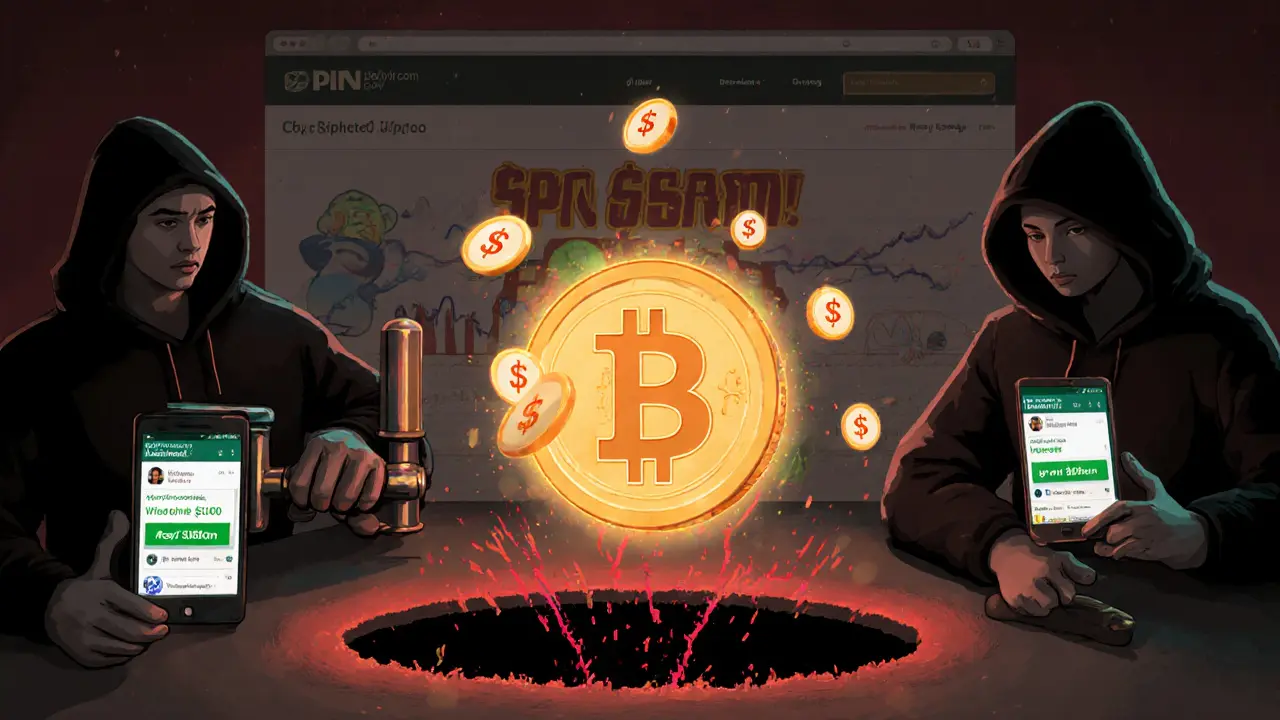Crypto Exchange Scam: How to Spot Fake Platforms and Avoid Losing Your Funds
When you hear crypto exchange scam, a fraudulent platform pretending to be a legitimate place to buy, sell, or trade cryptocurrency, it’s not just a warning—it’s a reality. Thousands of people lose money every month to exchanges that don’t exist, teams that vanish, and websites that copy real brands to steal private keys. These aren’t just sketchy sites—they’re designed to look real, with fake reviews, fake trading volumes, and even fake customer support. The fake crypto exchange, a platform built solely to take your crypto without offering real trading services often looks better than the real ones. They use polished logos, professional-looking UIs, and promises of high returns to trick even experienced users.
What makes these scams so dangerous is how they hide in plain sight. Some mimic well-known platforms like Binance or Coinbase, changing just one letter in the domain name. Others pop up as new DeFi exchanges with no audits, no team, and zero community. You’ll see them promoted on Telegram groups, Reddit threads, or TikTok ads promising free tokens if you deposit first. That’s always a red flag. A real exchange doesn’t ask you to send crypto to get something free. The crypto fraud, any deceptive practice designed to steal cryptocurrency through false promises or hidden traps doesn’t always come with a flashy website. Sometimes it’s just a poorly written whitepaper, a contract with no verification, or a support chat that disappears after you send your funds. And once you send your crypto, it’s gone forever—no chargebacks, no customer service, no recovery.
Look for the quiet signs. Does the exchange have public audits from firms like CertiK or SlowMist? Is there a real team with LinkedIn profiles? Are trading volumes verified on blockchain explorers? If the answer is no, walk away. Platforms like SkullSwap, Blockfinex, and Kalata Protocol show up in our posts not because they’re bad—but because they lack the basics that keep users safe. These aren’t just risky—they’re warning signs of what a scam looks like before it fully collapses. And scams don’t always crash. Some just go silent. One day the site works, the next it’s gone, and your wallet is empty.
It’s not about being paranoid. It’s about being smart. Every post in this collection shows real cases—exchanges that looked legit, teams that vanished, tokens with zero supply, and airdrops that were never real. You’ll see how Russian users got caught on sanctioned platforms, how Angola shut down mining rigs, and how even the most technical users got fooled by fake interfaces. This isn’t theory. It’s what’s happening right now. If you’re trading crypto, you need to know how to tell the difference between a platform that’s built to last and one built to steal. The next scam won’t come with a warning label. But now, you know what to look for.
Spin Crypto Exchange Review: Is It Legit or a Scam?
Spin Crypto Exchange is not a legitimate platform-it's a scam. No trusted sources list it, and victims report losing thousands after fake profits turn to nothing. Learn how the scam works and which real exchanges to use instead.
